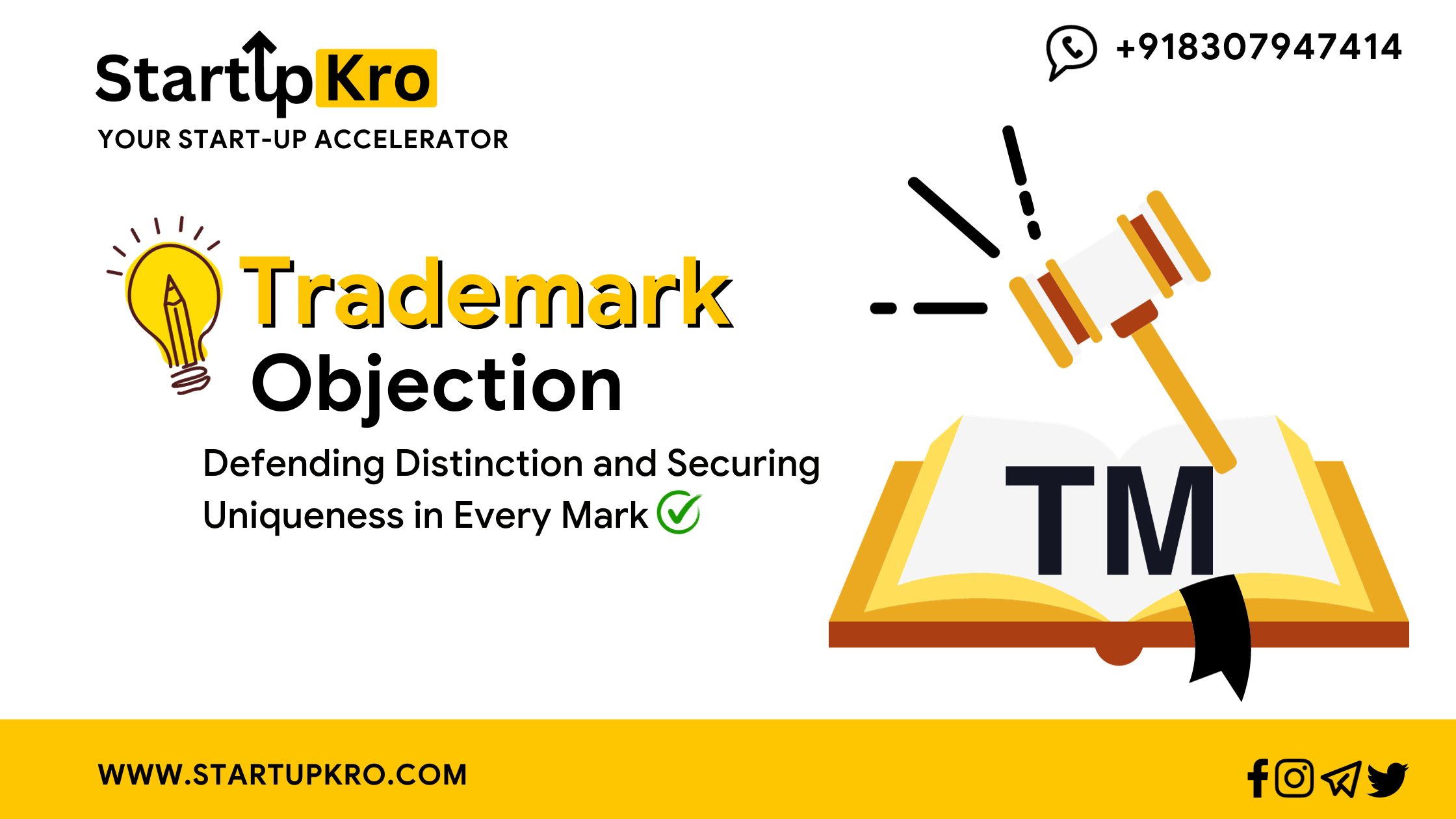
Marketing and Social Media Strategies for Startups: A Comprehensive Guide
Starting a new business can be an exciting and challenging journey, especially when it comes to marketing and social media. In today’s digital age, effective marketing and social media strategies are critical for startups looking to reach new customers, build

Subscribe To Our Weekly Newsletter
Starting a new business can be an exciting and challenging journey, especially when it comes to marketing and social media. In today’s digital age, effective marketing and social media strategies are critical for startups looking to reach new customers, build brand awareness, and grow their businesses. In this comprehensive guide, we’ll explore some of the most effective marketing and social media strategies for startups.
Define Your Target Audience
Before you can begin to craft effective marketing and social media strategies, it’s essential to know your target audience. Who are your ideal customers, and what are their interests, behaviours, and pain points? Conducting market research can help you to better understand your target audience and tailor your messaging and content to their needs and preferences.
- Demographic Information
Start by collecting demographic information such as age, gender, income, education level, and occupation. This information can help you to understand who your ideal customers are and tailor your messaging and content accordingly. For example, if you’re selling luxury products, you may want to target high-income individuals in their 40s and 50s.
- Psychographic Information
In addition to demographic information, psychographic information can help you to understand your target audience’s interests, values, and behaviours. Consider conducting surveys or focus groups to gather this information. For example, if you’re selling eco-friendly products, you may want to target individuals who are environmentally conscious and value sustainability.
- Pain Points
Identifying your target audience’s pain points can help you to create messaging and content that speaks directly to their needs and challenges. For example, if you’re selling a productivity app, you may want to target individuals who struggle with time management and organization.
- Competitor Analysis
Analyzing your competitors can also help you to understand your target audience. Look at who your competitors are targeting and consider how you can differentiate yourself. For example, if your competitor is targeting working mothers, you may want to target stay-at-home dads.
- Buyer Personas
Creating buyer personas can help you to visualize and better understand your target audience. A buyer persona is a fictional representation of your ideal customer, based on demographic, psychographic, and behavioural data. For example, if you’re selling fitness products, you may create a buyer persona named “Active Amanda,” who is a 35-year-old working mother who enjoys running and yoga.
Develop a Compelling Brand Story
A compelling brand story can help your startup stand out in a crowded marketplace and connect with your target audience on an emotional level. Your brand story should articulate your startup’s values, mission, and vision in a way that resonates with your audience. Consider using storytelling techniques such as anecdotes, metaphors, and testimonials to bring your brand story to life.
- Identify Your Brand’s Purpose
To develop a brand story, start by identifying your brand’s purpose. Ask yourself why your company exists and what problems you’re trying to solve. This purpose should be the foundation of your brand story.
- Know Your Audience
When developing your brand story, it’s important to understand your target audience. Consider their interests, values, and pain points. Your brand story should resonate with your target audience and show how your company can help them.
- Emphasize Your Unique Value Proposition
Your brand story should emphasize your unique value proposition. What sets your company apart from your competitors? What unique benefits do you offer to your customers?
- Use Emotion
Emotion is a powerful tool in storytelling. Your brand story should create an emotional connection with your audience. Consider incorporating personal anecdotes, humour, or other elements that can make your story more relatable and memorable.
- Be Authentic
Authenticity is key to building trust with your audience. Your brand story should reflect your company’s true values, personality, and mission. Avoid using generic or cliched language that doesn’t accurately reflect who you are as a brand.
- Keep It Simple
Your brand story should be easy to understand and memorable. Avoid using jargon or complex language that may confuse your audience. Use simple, clear language that resonates with your target audience.
- Be Consistent
Consistency is important in building a strong brand. Make sure your brand story is consistent across all of your marketing channels, from your website to social media to advertising campaigns.
Leverage Search Engine Optimization (SEO)
Search engine optimization (SEO) is the process of optimizing your website and content to rank higher in search engine results pages (SERPs). By using relevant keywords, optimizing your meta descriptions and title tags, and creating high-quality, shareable content, you can increase your website’s visibility and drive more traffic to your site.
Invest in Paid Advertising
While organic traffic from SEO and social media can be effective, it can take time to build. Paid advertising, on the other hand, can help you to reach your target audience quickly and drive more traffic to your website. Consider investing in paid advertising channels such as Google Ads, Facebook Ads, or LinkedIn Ads to reach your target audience with precision.
- Set Clear Goals
Before investing in paid advertising, it’s important to set clear goals. What do you want to achieve with your advertising campaigns? Do you want to drive traffic to your website, generate leads, or increase sales? Setting clear goals can help you to measure the success of your campaigns and make adjustments as needed.
- Know Your Target Audience
Knowing your target audience is key to creating effective advertising campaigns. Consider factors such as age, gender, interests, and behaviour when targeting your ads. You can use tools such as Facebook Ads Manager or Google Ads to target specific demographics and interests.
- Choose the Right Platforms
There are many different advertising platforms to choose from, including social media, search engines, and display networks. Consider which platforms your target audience is most active on and where your ads are likely to be most effective.
- Create Compelling Ad Copy and Visuals
Your ad copy and visuals should be compelling and relevant to your target audience. Consider using eye-catching visuals, clear and concise messaging, and a strong call to action to encourage clicks and conversions.
- Monitor and Optimize Your Campaigns
Monitoring and optimizing your campaigns is critical to getting the most out of your advertising investment. Use analytics tools to track your campaign performance and make adjustments as needed to improve ROI.
- Test and Experiment
Experimenting with different ad formats, targeting options, and messaging can help you to find what works best for your audience. Consider running A/B tests to compare different ad variations and make data-driven decisions.
- Budget Wisely
Paid advertising can be costly, so it’s important to budget wisely. Start with a small budget and gradually increase it as you see positive results. Be prepared to adjust your budget as needed based on your campaign performance.
Create Engaging Social Media Content
Social media is an essential channel for startups looking to build brand awareness and engage with their audience. To make the most of social media, it’s important to create engaging content that resonates with your target audience. Consider using a mix of content formats, such as images, videos, and blog posts, to keep your social media feed fresh and interesting.
Build Relationships with Influencers
Influencer marketing can be an effective way to reach new customers and build brand awareness. Identify influencers in your industry who have a strong following and are aligned with your startup’s values and mission. Consider building relationships with influencers through collaborations, guest posts, or social media shoutouts.
Monitor and Measure Your Results
Finally, it’s essential to monitor and measure the effectiveness of your marketing and social media strategies. Use analytics tools such as Google Analytics or social media analytics to track your website traffic, engagement rates, and conversion rates. Use this data to make informed decisions about how to optimize and refine your strategies over time.
- Define Key Performance Indicators (KPIs)
Before you can effectively monitor and measure your results, it’s important to define your key performance indicators (KPIs). KPIs are the metrics you’ll use to measure the success of your marketing campaigns. These may include website traffic, conversion rates, social media engagement, email open rates, or sales revenue.
- Use Analytics Tools
Analytics tools such as Google Analytics, Facebook Insights, or email marketing software can provide valuable insights into your campaign performance. Use these tools to track your KPIs and monitor the effectiveness of your campaigns.
- Set Benchmarks
Setting benchmarks can help you to measure your progress and make data-driven decisions. Consider setting benchmarks based on your past performance or industry standards to help you evaluate your success.
- Regularly Review and Analyze Your Data
Regularly reviewing and analyzing your data can help you to identify trends and areas for improvement. Consider reviewing your data on a weekly or monthly basis to stay informed about your campaign performance.
- Adjust Your Strategy as Needed
Based on your data analysis, adjust your marketing strategies as needed. If you’re not seeing the results you want, consider adjusting your targeting, messaging, or ad formats. Use your data to inform your decision-making process and make changes that will improve your results.
- Use A/B Testing
A/B testing is a method of comparing two versions of a marketing campaign to see which performs better. Use A/B testing to experiment with different ad formats, messaging, or targeting options and make data-driven decisions about your campaigns.
Conclusion
In conclusion, effective marketing and social media strategies are critical for startups looking to build brand awareness, reach new customers, and grow their businesses. By defining your target audience, developing a compelling brand story, leveraging SEO, investing in paid advertising, creating engaging social media content, building relationships with influencers, and monitoring and measuring your results, you can build a strong foundation for your startup’s marketing and social media success.
Also, see: Strategies for Raising Capital by Startup’s
Share:

Book an Appointment
Schedule an Appointment with our Expert here.
Social Media
Most Popular


How to Respond to Trademark Objection


